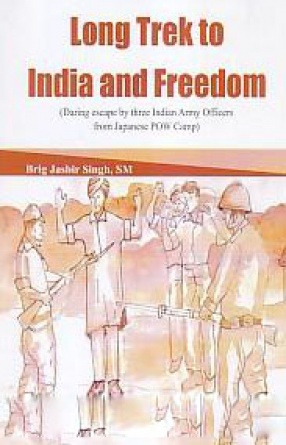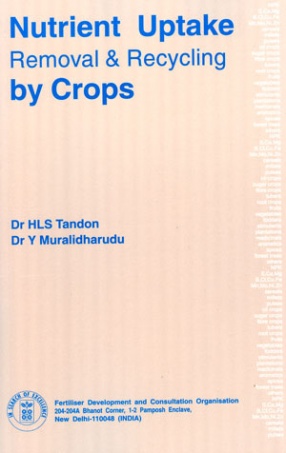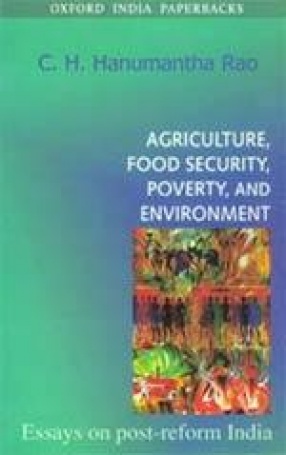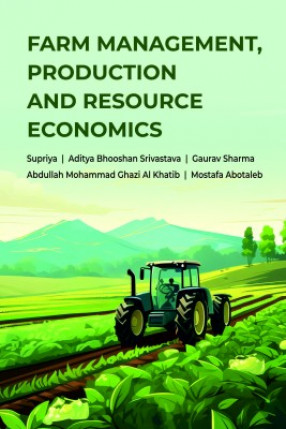Agricultural Development in South Asia
Synopsis
Agricultural development in South Asia (a comparative study in the green revolution experiences) is a pioneer work of its own kind and unique in nature. Its salient features are: It is a comprehensive and self-contained study covering an analysis of determinants of agriculture and agricultural attributes -- so, a cause-effect analysis. Agricultural development regions and agro-ecological regions have been delineated, and specific recommendations have been made for redressing the regionalimbalances in levels of agricultural development in the South Asian countries--so a planning-oriented study. The study is based on field truthing, personal communications, district-by-district data etc. The data have been presented in maps enlightening patterns and dynamics of agricultural inputs and outputs, and the cartographic work is of high quality. So far, no such in-depth study has been conducted, covering only the primary activity of the sub-continent and highlighting the green evolution experiences--so, a study related to the then and now as regards agricultural inputs and outputs. It will be a study of great relevance to the SAARC nations for planning purposes and making master plans for reducing regional inequalities in agricultural performance levels. Since this work is a pioneer attempt and is based on the field work and district-by district data covering the green revolution period (1967-68 to 1987-88), it is a work of its own kind and unique in nature. The greatest inequality in the use of agricultural inputs within the borders of South Asia is responsible for agricultural development differences. These range from the poverty in densely populated Bangladesh to agriculturally high-speed Punjab-Haryana region in Northwestern India. Moreover, South Asia includes the cold empties of the high Himalayan ranges where agricultural development has a special meaning. The agricultural face of South Asia has changed at a different rate because the diffusion of green revolution technology was not a universal scale. As a consequence, four levels of agricultural development were observed, such as: Very high level development with high speed change; High/medium level development with high/medium speed change; Low level development with low speed change, and Very low level development with very low speed change. Therefore, it is no longer desirable to write only a static geography of agricultural development of South Asia, and it is also equally important, above, all to examine, explain, identify and understand the recognisable ceaseless patterns of change in agricultural development levels.
Read more
59.40
53.46
$
66.00 $
Free delivery Wolrdwidе in 10-18 days
Ships in 1-2 days from New Delhi
Membership for 1 Year $35.00
Get it now and save 10%
Get it now and save 10%
BECOME A MEMBER











Bibliographic information